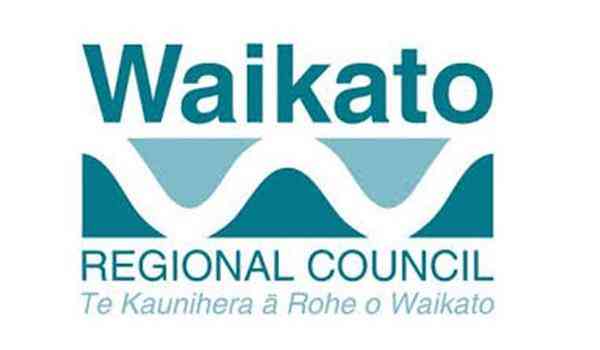Waikato Regional Council news
The Waikato region has relatively affordable housing, better life satisfaction and an above average percentage of te reo Māori speakers, but could be doing better in a number of other areas.
That’s the findings of a Waikato Regional Council report presented to the strategy and policy committee meeting today. Perhaps some of the conclusions are suspect though as for housing the report says, “Rest of the North Island is used as proxy for Waikato region due to high sample error associated with Waikato region sub-sample for this item.” So the data the report is based on isn’t accurate even for the Waikato region and has no specific data for Raglan.
But the report does have some Raglan information and says increasing amounts of the pest plant, saltwater paspalum are invading estuaries on both coasts in the Waikato region. In the coastal Waikato area, saltwater paspalum is well established in the northern Waikato and Raglan harbour.
The Waikato Progress Indicators – Tupuranga Waikato (WPI) report is part of an annual council series which takes the region’s pulse across a wide variety of issues.
WPI measures 32 key environmental, social and economic indicators which are regularly updated and analysed to identify changes and trends over time.
“There are some positives we can take from the results – improved air quality, better educational attainment and less crime,” said committee deputy chair and Waikato regional councillor, Tipa Mahuta.
“Mai I tētahi kaikōrero reo Māori, e whakahīhī pai ana ahau I te piki haere o ngā kaikōrero reo I tēnei rohe, tēra I ētahi atu. As a fluent speaker of te reo Māori, I’m also encouraged that our rohe is leading the way with the highest proportion of te reo Māori speakers compared with the national average. We’ve come a long way.
“But the results show we are behind the New Zealand average on a range of other economic, social and environmental indicators, including road safety, cultural respect, voter turnout and GDP growth.
“These results provide a clear basis for robust engagement around our regional opportunities, as well as the challenges, and how we can work with others to prioritise work into the future,” Cr Mahuta said.
The most positive trends measured over the period 2007 to 2016/17 include:
· a decrease in the number of annual exceedances per year of the regional quality guideline for particulate matter in air – down from 20 in 2007 to 12 in 2017
· an increase in the percentage of school leavers with NCEA level 2 or above, up from 64 per cent in 2009 to almost 79 per cent in 2016
· an increase in the volume of public transport use per person per year, from 7.3 in 2006/07 to 8.7 in 2016/17
· a reduction in the annual rate of victimisations in the Waikato region, from an estimated 738 per 10,000 people in 2006/07 down to 628 in 2016/17.
Despite less crime, the report said there are dropping perceptions of safety, with the percentage of Waikato survey respondents who reported feeling safe walking alone in their neighbourhood after dark falling from 80 per cent in 2006 to 64 per cent in 2018.
Oher negative trends over this period include:
· Poorer perceptions of community engagement, with the number of Waikato survey respondents who agreed that the public has an influence over the decisions their local council makes dropping from 62 per cent in 2006 to 36 per cent in 2018.
· Less physical activity, with fewer people reporting being physically active on five or more of the past seven days (down from 61 per cent in 2006 to 40 per cent in 2018).
· More rural subdivision in the Waikato region, from an average of 414 hectares per year during the period 2001-2006 up to 527 hectares per year during 2006-2013. The greatest amount of subdivision has been occurring on land classed as having higher productive capabilities.
· Higher water use, with an increase in water allocation as a percent of total allocable water at the Waikato River mouth during the summer months from 67 per cent in 2007 to 85 per cent in 2017.
The report’s author, strategic principal advisor Beat Huser, said the Waikato region is similar to the national average on many of the available indicators.
“However, road safety is worse than the national average, regional GDP per capita is slightly lower in the Waikato region than the national average, and crime rates are higher than the national average,” Mr Huser said.
“The strongest positive indicator for the Waikato is the number of te reo Māori speakers relative to the national average, is housing is more affordable in the Waikato region compared with Auckland, we are more socially connected and overall have better life satisfaction.
“Where we have data, we are also comparing Waikato with some other regions and countries, providing a benchmark for the current status and to track future changes,” Mr Huser said.
He said the Government is working towards its first wellbeing budget in 2019, and Waikato Regional Council is helping Treasury and Statistics New Zealand develop a set of similar measures to the WPI.
More information is available at waikatoregion.govt.nz/wpi.
